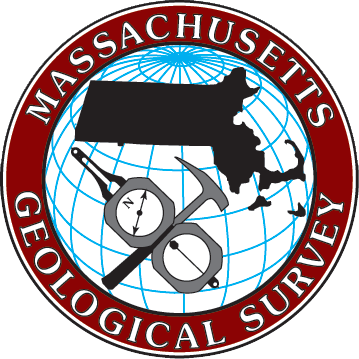| Title | Comparison of three fracture sampling methods for layered rocks |
| Publication Type | Journal Article |
| Year of Publication | 2010 |
| Authors | Manda, AK, Mabee, SB |
| Journal | International Journal of Rock Mechanics and Mining Sciences [1997] |
| Volume | 47 |
| Issue | 22 |
| Pagination | 218 - 226 |
| Date Published | 2010/02/01/ |
| Publisher | Elsevier : Oxford-New York, International |
| ISBN Number | 13651609 |
| Keywords | #StaffPubs, Big Quarry, carbonates, case studies, data acquisition, data processing, dolomite, Door Peninsula, fractures, geographic information systems, ground water, information systems, joints, layered materials, mapping, methods, movement, multiple scanline method, northeastern Wisconsin, numerical models, permeability, sampling, selection method, simulation, single scanline method, statistical analysis, Structural geology 16, style, three-dimensional models, United States, Wisconsin |
| Abstract | Three methods of fracture data collection are tested against each other in layered dolomitic rocks to evaluate the effectiveness of each method in sampling fracture properties. The methods tested are the single scanline method (SSM), selection method (SM), and multiple scanline method (MSM). Finite element techniques were first used to build a base model with the exact locations, sizes and orientations of each fracture observed in the natural fracture network. Then, a second set of models were stochastically generated using statistics from each sampling technique. For each network, the overall fracture intensity was used to assess the effectiveness of each sampling technique in capturing the real fracture properties. Fracture network permeability was also calculated for each of two directions to evaluate the transmissive properties of the networks. Although all three methods produced good matches of relative intensity and permeability between natural and synthetic fractures, the results reveal that a well-placed scanline performed the best at recreating natural fractures. However, the results from one variation of the SSM were only slightly better than the results from both versions of the SM. In general, the SSM provides the best results but possibly at heavy costs in time and labor, whereas the SM gives comparable results with less expenditure of energy and time. Thus, the SM is an adequate technique and recommended for use at large outcrops or where time, access or budget constraints are a concern. |
| URL | http://www.sciencedirect.com/science/article/pii/S1365160909001804 |
| Short Title | International Journal of Rock Mechanics and Mining Sciences [1997] |
Comparison of three fracture sampling methods for layered rocks
For more info contact:



